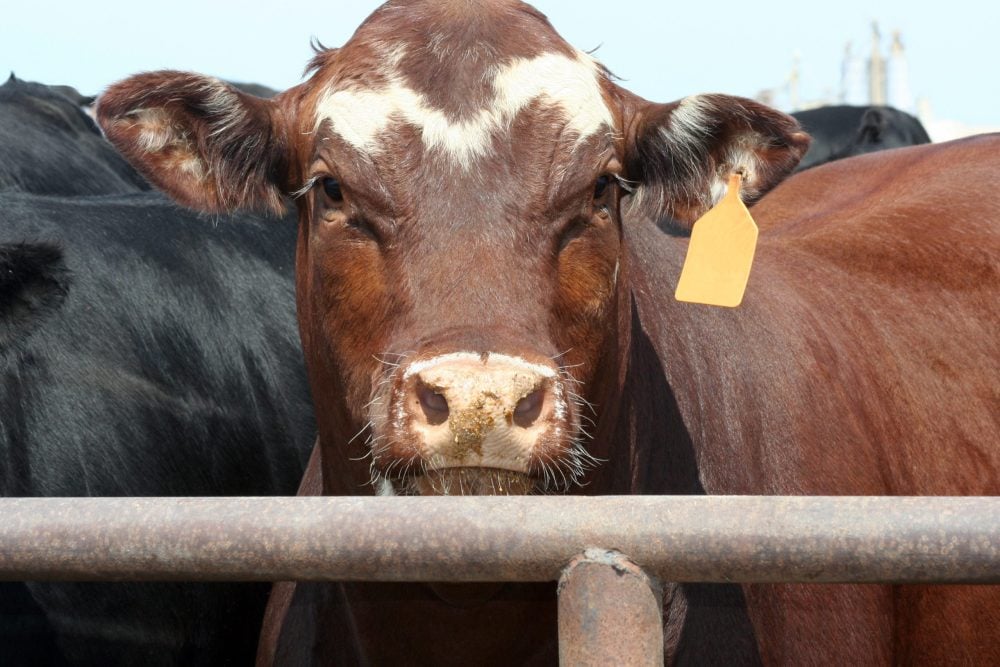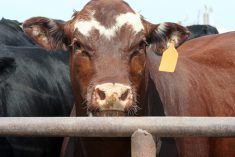Calf prices in Western Canada were $1 to $2 higher than week-ago levels but heavier replacement cattle and late blooming yearlings were $2 to $3 weaker. Feedlot buying interest remains strong and there seem to be limited discounts for unweaned calves or regular-run cattle.
Feeder cattle futures were down sharply on Friday as corn futures were limit up on the U.S. Department of Agriculture’s lower production estimate. Alberta feedlot operators have not experienced the skyrocketing feedgrain costs of their U.S. counterparts. While feeder cattle futures were under pressure, deferred April live cattle futures reached up to $104.
Read Also

U.S. livestock: Cattle futures plunge daily limits on beef price fears
Reuters — Most Chicago Mercantile Exchange live cattle and feeder cattle futures contracts fell their respective daily limits on Friday,…
The potential for lower U.S. beef production in the March-through-May timeframe has renewed buying enthusiasm for feeder cattle in Western Canada. Currently, the feedlot operator has abundant feedgrains and strong deferred live cattle futures. We haven’t seen this type of opportunity in the feedlot sector for a very long time.
During August to December of 2007 and 2008, feeder cattle exports to the U.S. ranged from 200,000 to 300,000. However, the declining calf crops have resulted in limited export movement for 2009 and 2010. Feeder cattle supplies in Western Canada as of July 1, 2010 were down 460,000 head from July 2009 and down 600,000 head from July 2008. Western Canadian feedlot demand is now greater than the domestic calf crop. Local auction markets in Western Canada will trade at a premium to U.S. values to cut off export movement, given the tighter supplies of feeder cattle.
U.S. corn stocks will drop to historically tight levels at the end of the 2010-11 crop year. It is inevitable that this will drive up world feedgrain prices. The world is no longer comfortable with past stocks levels of coarse grains, which can result in larger volatility, as we seen in wheat this past summer. This could limit the upside in western Canadian feeder cattle prices over the winter.
— Jerry Klassen is a commodity market analyst in Winnipeg and maintains an interest in the family feedlot in southern Alberta. He writes an in-depth biweekly commentary, Canadian Feedlot and Cattle Market Analysis, for feedlot operators in Canada. He can be reached by email at [email protected] or 204-287-8268 for questions or comments.
The material contained herein is for information purposes only and is not to be construed as an offer for the sale or purchase of securities, options and/or futures or futures options contracts. While the information in this publication cannot be guaranteed, it was obtained from sources believed to be reliable. The risk of loss in futures trading can be substantial. The article is an opinion only and may not be accurate about market direction in the future. Do not use this information to make buying or selling decision because adverse consequences may occur. This information may be wrong and may not be correct about current market conditions in all areas of Canada. This is an opinion only and not based on verified facts.
















